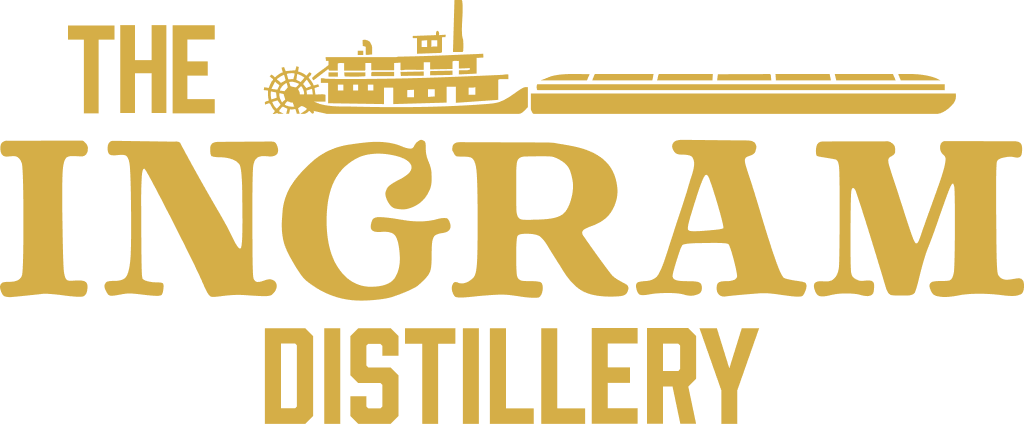
Q&A: Hank Ingram’s plan to growing O.H. Ingram River Aged, doubling capacity
There is no playbook for making a floating barrel house, and that’s one of Hank Ingram’s favorite aspects of running O.H. Ingram River Aged —second to rolling the 550-pound barrels onto the barge.
He first got the idea to “mellow” whiskey on the Mississippi River while getting his MBA at Vanderbilt University. Learning about the history of bourbon and its tie to the river piqued Ingram’s interest because of his passion for entrepreneurship and because the latter is what his family’s business was built around five generations ago.“Rivers were the primary mode of transportation in the late 1700s, early 1800s and bourbon barrels would travel down river because there was more people down river than in that part of Kentucky at the time, better markets. The whiskey barrel traveled along and it aged on that journey,” Ingram told the Business Journal. “…I said, ‘was something lost in the process?’”
In 2015, he attempted to answer that question by founding O.H. Ingram River Aged and in 2020, officially launched the award-winning product, distinguished by the whiskey’s interaction with the barrel caused by the constant motion and temperature profile of the Mississippi River.
This spring, the company doubled its operations with its relocation to Columbus, Kentucky, and has big plans for future growth, both at the new facility and in terms of market expansion.
“When you come from a family business that’s been in business for a while, to be able to go out and do something that’s your own, you learn quick and you get an appreciation for it,” Ingram said.
Hank Ingram is the grandson of Nashville billionaire Martha Ingram. His father, Orrin Ingram, is CEO of family business Ingram Industries. O.H. Ingram River Aged’s new site, located at an Ingram Barge facility, brings its aging capacity to over 6,000 barrels, across two floating barrelhouses, and has the possibility for 15 more.
The Business Journal spoke with Ingram about where he sees his company going and what he’s learned from starting the business.
Answers have been edited for length and clarity.
What are you hoping to be able to do with this expanded capacity?
One of the things that’s really important for bourbon and appreciation for bourbon is having an experiential interaction. If you look at the Bourbon Trail, there’s a lot of opportunities to go and learn from people that make the product. I think we can do that in Columbus down the road with a tasting room, potentially tours.
What are your plans in terms of distribution?
We are launching in Georgia in two weeks. That’ll be state No. 6. We’re in Tennessee, Kentucky, Louisiana, Minnesota and Wisconsin. … The first five, we expanded along the river, those are Mississippi River states. … Georgia, we have some good relationships down there and it probably has the largest city of any of the states that we are in, so as you think about where does your product fit, trying it out on a large-size city that you can drive to easily enough, that’s a good testing ground.
Who are your customers and have you seen that demographic change?
When we first launched, the majority of the towboat industry was our customer. … That was the initial. Now, I certainly believe we’ve seen more bourbon enthusiasts, people that understand how bourbon is made and how our different process works within. … I find the story, the intrigue sells the first bottle and the product will sell the second. That’s where we put the majority of our time and our focus, not in marketing but making sure that the product that bears our name is worth drinking.
What is your long-term vision for the company, say five years from now?
We plan to fill roughly a barge worth of bourbon a year, that’s about 3,000 barrels and our minimum age now is four years old. The stuff that we are putting down this year, won’t see the light of day until 2027. … You have to have a long-term perspective and there are ways to build a business to sell, but I intend on passing this thing along in the family. … We hope to bring some of these ideas that we’re playing with in Columbus to life so that folks can come out and see it and have that interaction, that experience with the brand.
What are the biggest lessons you’ve learned?
It’s going to take a lot longer and cost twice as much as you think it will. Your conservative estimates are not conservative enough. It’s going to take longer than you think so always have a fallback plan. The second thing is you don’t know what you don’t know and that’s why it’s helpful to surround yourself with people that do and have experience. Enthusiasm is not a substitute for experience and having the right supports system is the difference between making it and not.
